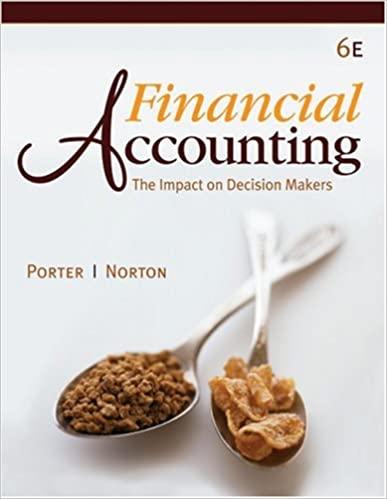Comparing Two Companies: General Mills and Kelloggs Refer to General Millss balance sheet and statement of cash
Question:
Comparing Two Companies: General Mills and Kellogg’s Refer to General Mills’s balance sheet and statement of cash flows at May 29, 2005, and Kellogg’s balance sheet and statement of cash flows at December 30, 2006. Answer the following questions.
1. Calculate the debt-to-equity ratio for the two companies. How do the ratios compare? What does that tell you about the two companies?
2. Did the long-term liabilities of each company increase or decrease during the year? What were the most important changes? What impact do the changes have on the companies’ cash flows?
3. What were the most important sources and uses of cash disclosed in the financing activities portion of the statement of cash flows for each company? Kellogg’s had a large cash inflow from the issuance of notes payable during the year. Why does the long-term liability portion of the balance sheet indicate a decrease rather than an increase?
Step by Step Answer:

Financial Accounting The Impact On Decision Makers
ISBN: 9780324655230
6th Edition
Authors: Gary A. Porter, Curtis L. Norton





